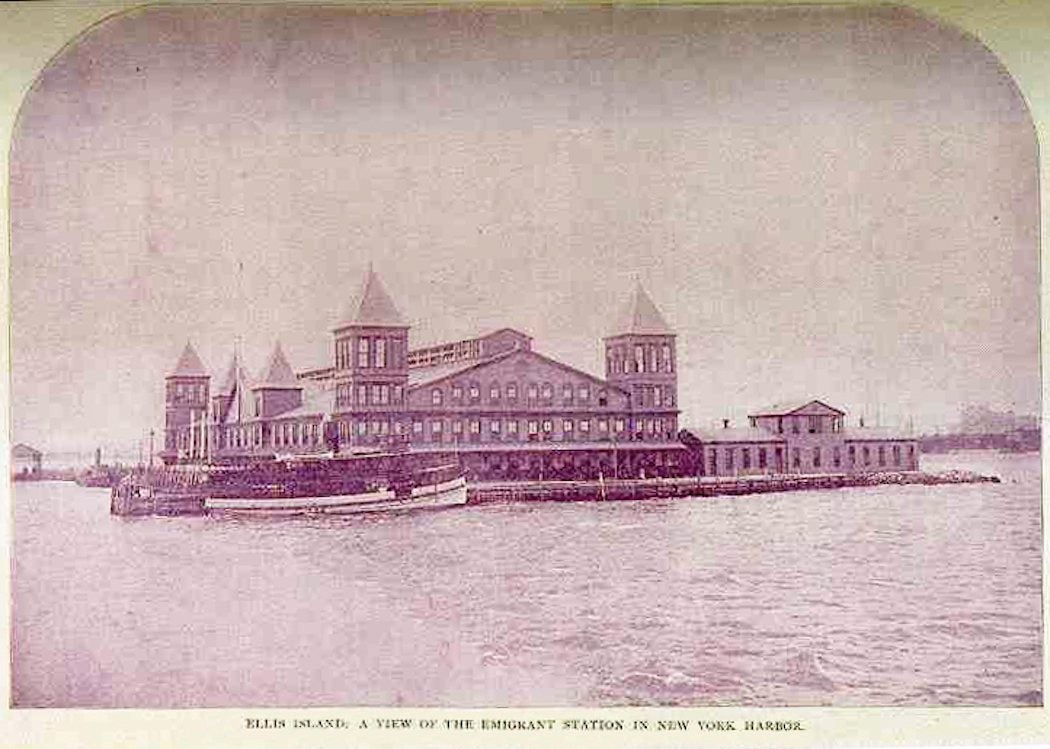On New Year’s Day, Ellis Island celebrates the 125th anniversary of its opening as the federal immigration depot. We all know its storied past as the place where our last names got mangled, but you may not know that it was: (1) not originally much an island at all; and (2) the object of extensive legal battles between New York and New Jersey.
From 1892-1954, Ellis Island was the gateway for more than 12 million immigrants. The very first was 17-year-old Annie Moore from Ireland. 1907 was the busiest year, with 1.25 million people processed. These were steerage, or Third Class, passengers. Until the 1920s, First and Second Class passengers did not have to go through the facility unless they were sick or had legal problems.
Although it wasn’t formally shut down until 1954, Ellis Island’s most active years ended in 1924. That year’s National Origins Act, which built on earlier quotas, severely restricted immigration. The white Protestant backlash to Southern and Eastern Europeans (Catholic, Orthodox, and Jewish) immigrants had succeeded in slamming the door shut.
The facility was declared part of the Statue of Liberty National Monument in 1965. It underwent a major restoration twenty years later. Today, over two million people visit annually.
Ellis Island itself has a curious history. It was originally a rocky mud bank just above low water in the tidal flats that dominated the western edge of the Upper Bay of New York Harbor. A 4-acre paradise of oysters, it would eventually grow to 27.5 acres via landfill. The little isle had many names, including the native Kioshk (Gull Island) and, because of the hangings there, Gibbet (which means “gallows”). Samuel Ellis, who called it Oyster Island like the Dutch settlers before him, was a tavern owner and merchant who bought the island in the 1770s. His heirs sold it to New York state, and the state sold it to the federal government in 1808.
Ownership of the island has been hotly contested over the years. In 1998, the Supreme Court finally gave sovereignty of the filled-in portion of the island, 22.8 of the 27.5 acres, to New Jersey. The original nub of the island was retained by New York, less than 5 acres—evidently the only bit of a state completely surrounded by the land of another state.
R. Lawrence Swanson and Donald F. Squires tell this tangled legal tale, noting that half a dozen cases had previously sparred over the island and its expansion before the high Court’s final decision. The decision, however, also confirmed New York’s authority over the waters of the Upper Bay and the Hudson River to the low water line on the New Jersey side. The authors consider this to be of greater significance than sovereignty over some landfill, because it gave a single state control over management of the Hudson River.
All in all, many immigrants may have been surprised to learn they were arriving in New Jersey instead of New York when they got off their boats.







